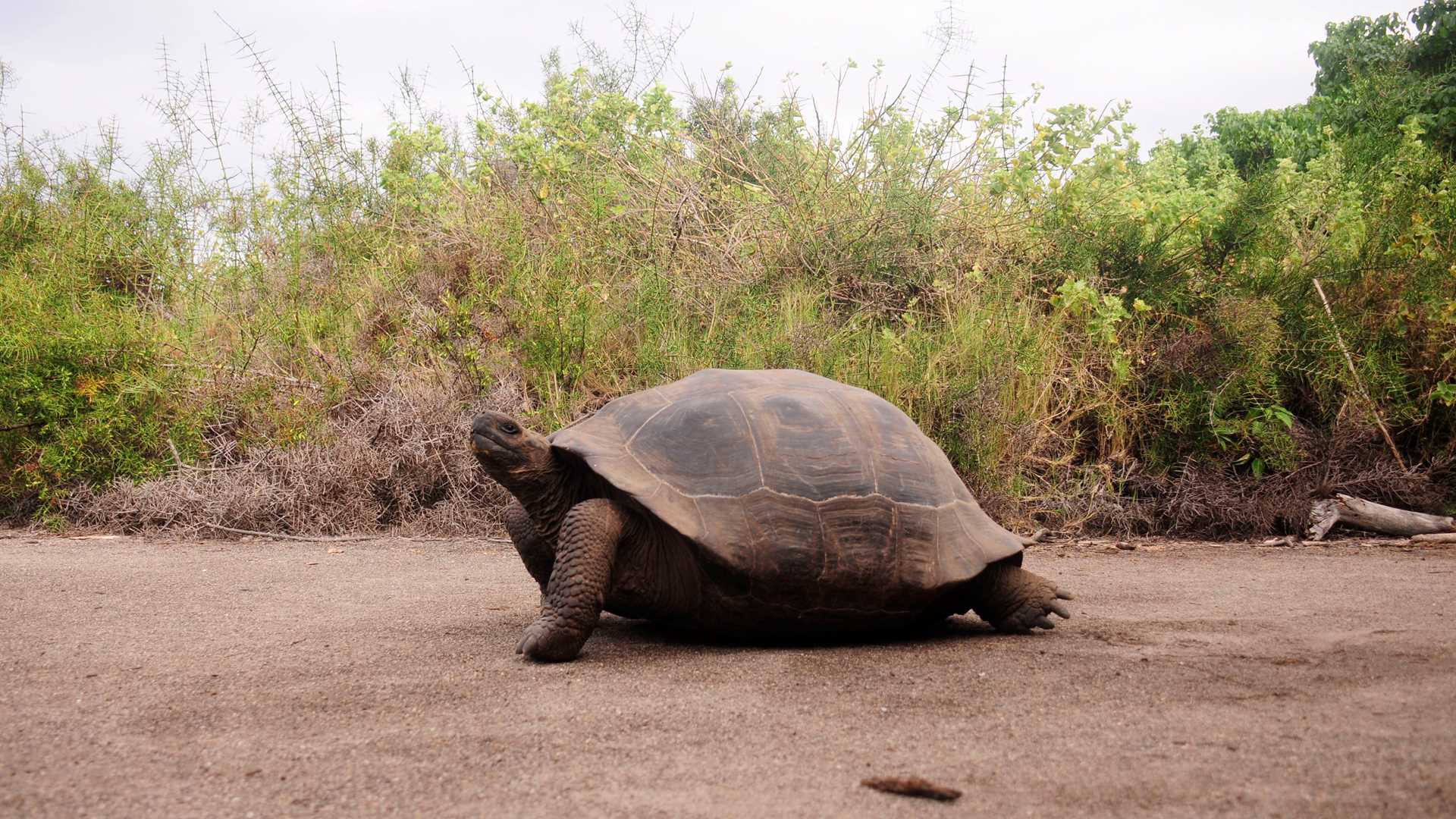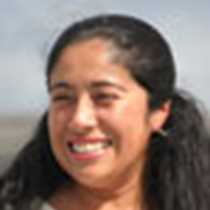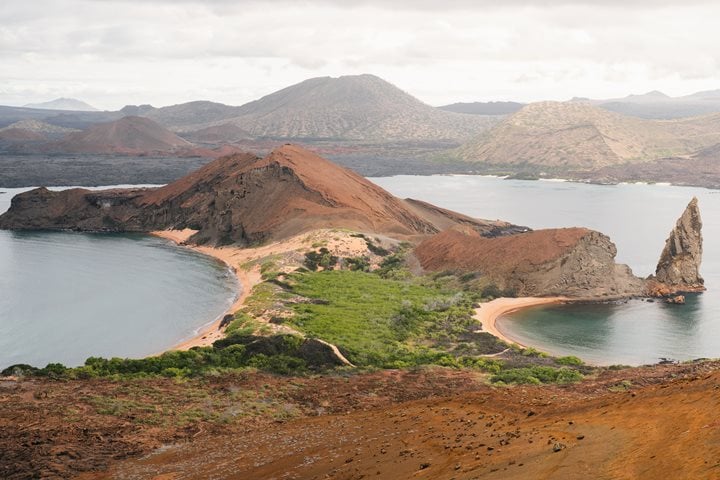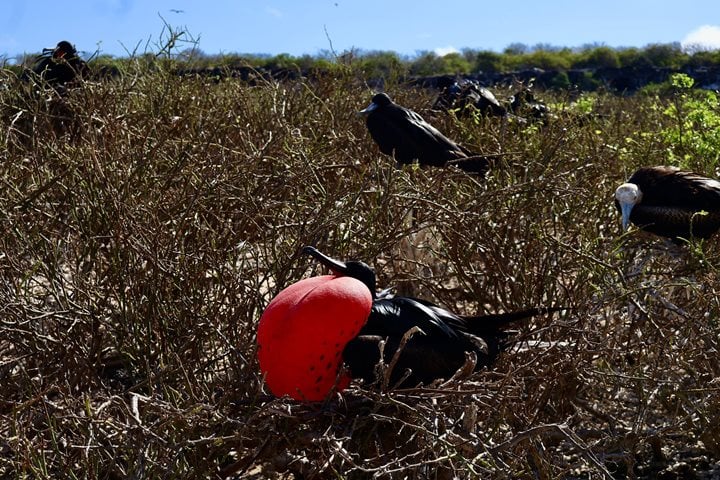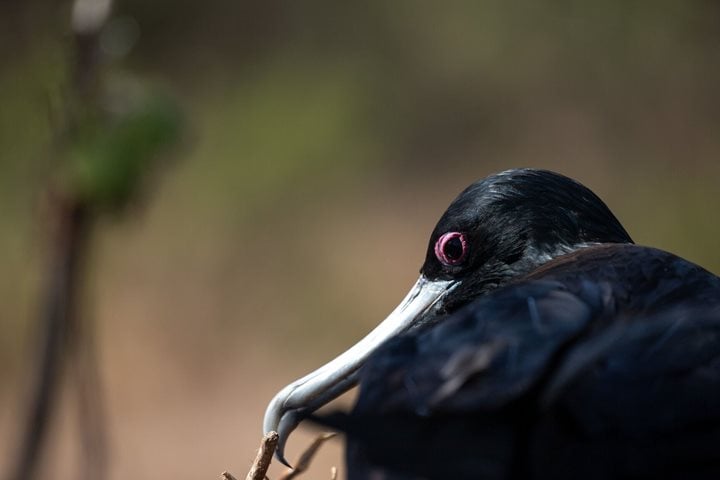We spent the whole day at Isabela Island, located in the western part of the archipelago. In the morning, we went out for a hike at Urbina Bay. This visitor site is of recent formation. The upheaval just occurred in 1954, and the place thrives with wildlife. It is home for several species of Darwin’s finches, the Galapagos hawk, and Galapagos land iguanas. Sometimes, Alcedo giant tortoises visit this site, too. The tortoises were numerous this morning, and it was a delight to see them walking along the trails. In the afternoon, we visited the historical site Tagus Cove. Once a place to drop anchor and look for water and food, it is now a great place to kayak and paddleboard. It was fantastic, and we enjoyed every minute. The highlight was to be so close to a huge manta ray. Snorkelers were able to enjoy that, too, and we finished the day with an invigorating hike to the top of the cone and a great Zodiac ride to observe Galapagos penguins! What a fantastic day!
Call +1.800.397.3348 or contact your travel advisor

